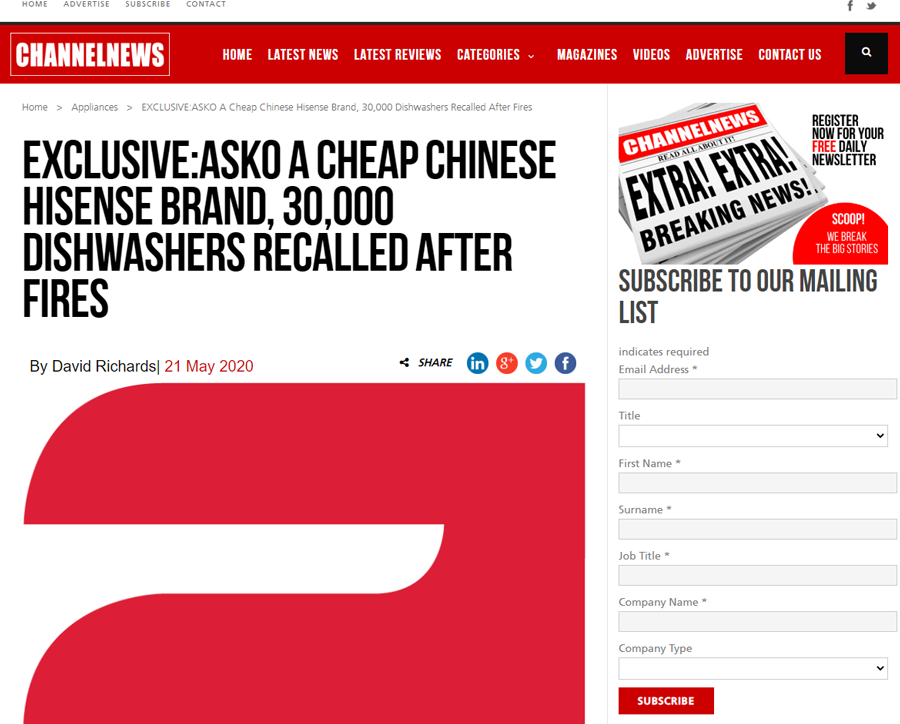
What happens when a mass market brand buys a premium brand?
ASKO the once trusted Swedish appliance brand has become a “Chinese basket case” with the former Marketing Director, CEO and Operations Director quitting the now Chinese owned Company in Australia claiming the Company has “overnight” lost their European pedigree. Globally the brand is reeling after being acquired by Hisense the maker of cheap Chinese TV’s.
(The following are thoughts sparked by this article. They may or may not reflect actual reality.)
When the DNA (the culture and operating philosophy) of the buying entity is different from the DNA of the bought entity, the former can damage the latter. Without careful management, the value of the acquisition can be ruined within a short period of time.
When a mass market brand buys a premium brand, they want the prestige and the higher profit margins the premium brand brings. If the buyer has never managed a premium brand before, they will not be consciously separating the mass-market and premium brand DNAs.
A mass market brand requires a super-lean operation with as little excess as possible. The marketing is focused on lower prices while maintaining feature parity with the competition. The advertising lists features and displays the price.
A premium or luxury brand requires more “excess.” The package has to be more than just the basics. Customer service has to be higher touch, with added touchpoints and engagements. The advertising demands flourish, and the price is never shown.
If management can only conceive of and run a mass market brand, they will try and run the premium brand with the same mindset. Just buying a premium brand is not enough. A brand is a living thing and must be nurtured. Unless the buyer can change their attitude and approach to the premium brand, it will die.
If the parties were swapped, and Asko were to buy Hisense, they may also likewise struggle to keep its mass market appeal.